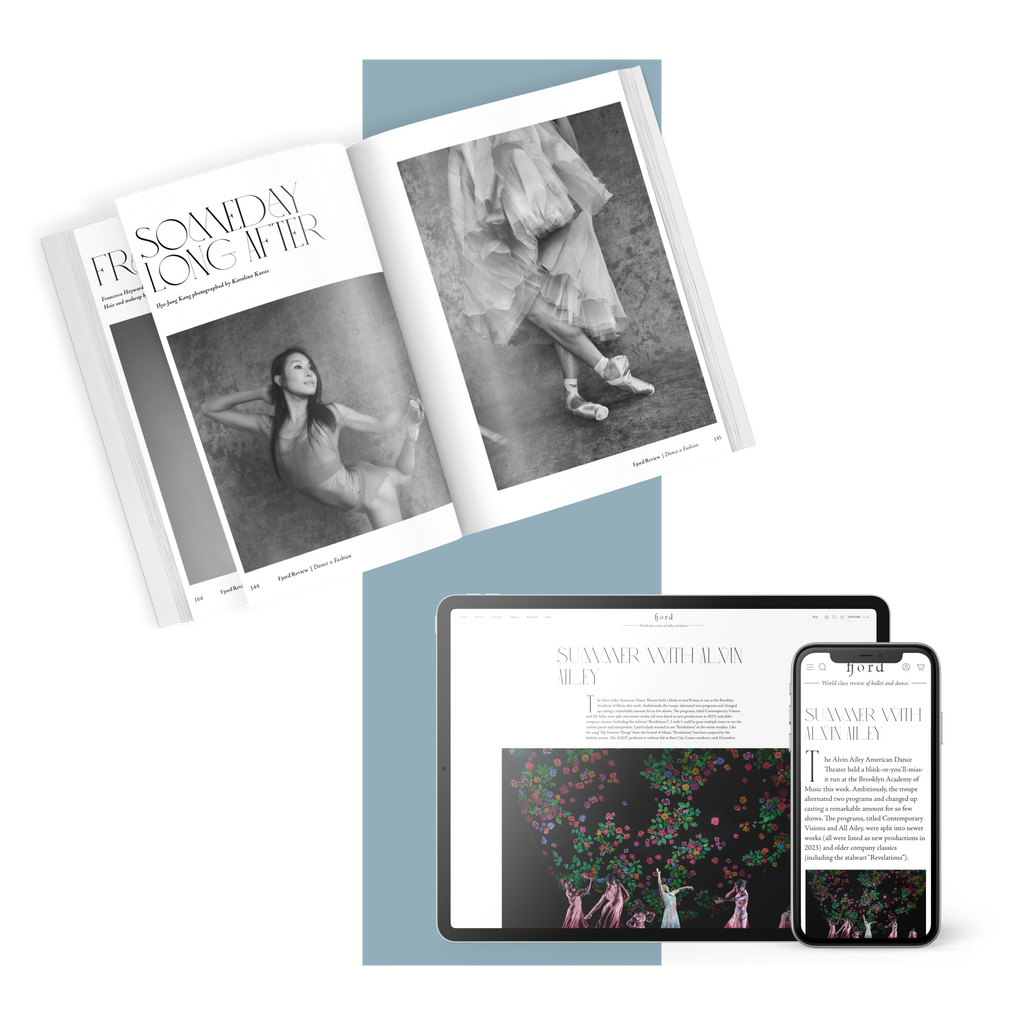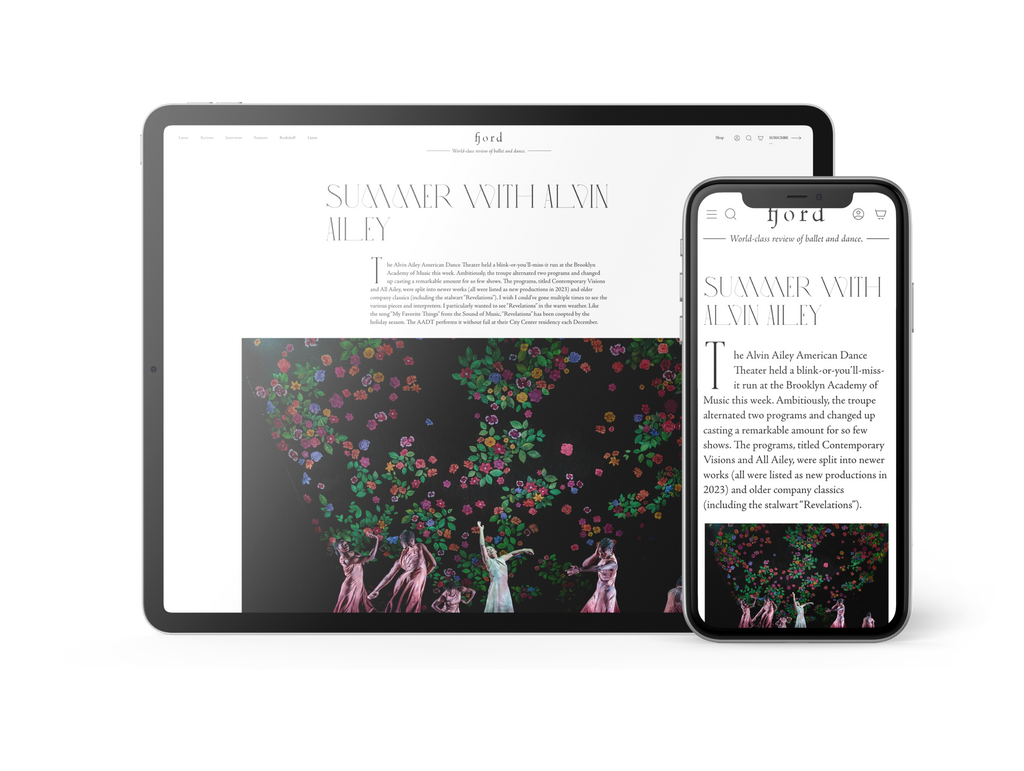Talent Time
It’s “Nutcracker” season at San Francisco Ballet—36 performances packed into three weeks—which means that the company is currently serving two distinct audiences.
Continue Reading
World-class review of ballet and dance.
It’s almost 18 months since David Hallberg, the South Dakota native and long-time New Yorker, took over as artistic director at the Australian Ballet, and it finally feels as though the Covid shackles are off. To date, there hasn’t been a true opportunity to see what he might bring to Australia. But here it is: “Kunstkamer,” a wildly ambitious contemporary work, it feels like a make or break work for the new artistic director. And, with it David Hallberg's dramatic return to the stage.
Performance
Place
Words

The Australian Ballet in “Kunstkamer” by Sol Léon, Marco Goecke, and Paul Lightfoot, and Crystal Pite. Photograph by Daniel Boud


“Uncommonly intelligent, substantial coverage.”
Your weekly source for world-class dance reviews, interviews, articles, and more.
Already a paid subscriber? Login
It’s “Nutcracker” season at San Francisco Ballet—36 performances packed into three weeks—which means that the company is currently serving two distinct audiences.
Continue ReadingLast week I caught up with choreographer Pam Tanowitz and Opera Philadelphia’s current general director and president, countertenor Anthony Roth Costanzo to talk about “The Seasons,” the company’s latest production premiering at the Kimmel Center’s 600-plus seat Perelman Theater on December 19.
Continue ReadingIf Notre-Dame remains one of the enduring symbols of Paris, standing at the city’s heart in all its beauty, much of the credit belongs to Victor Hugo.
Continue ReadingWhen dancer and choreographer Marla Phelan was a kid, she wanted to be an astronaut. “I always loved science and astronomy,” Phelan said.
Continue Reading
comments